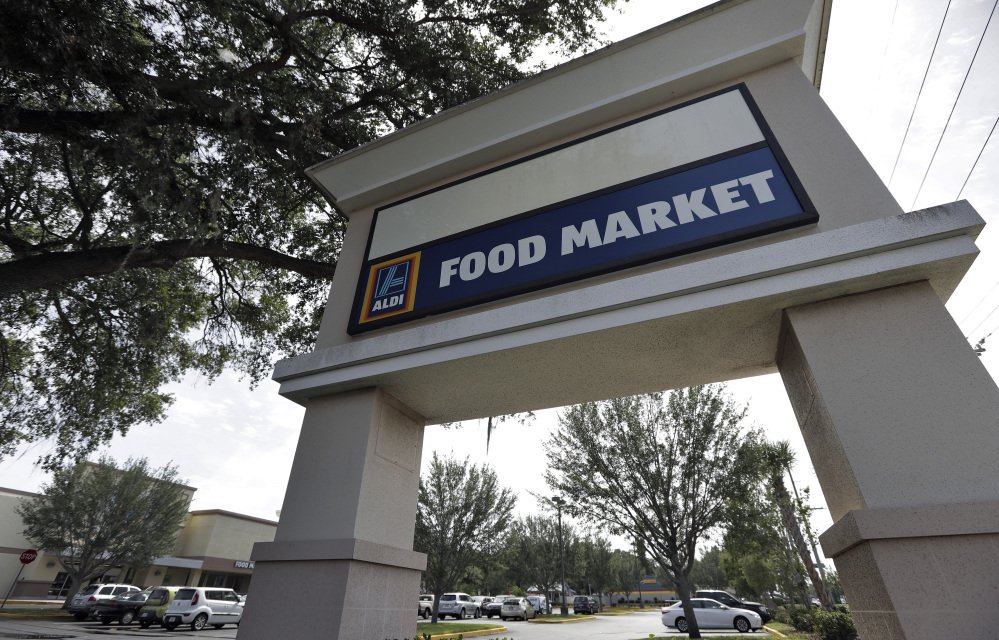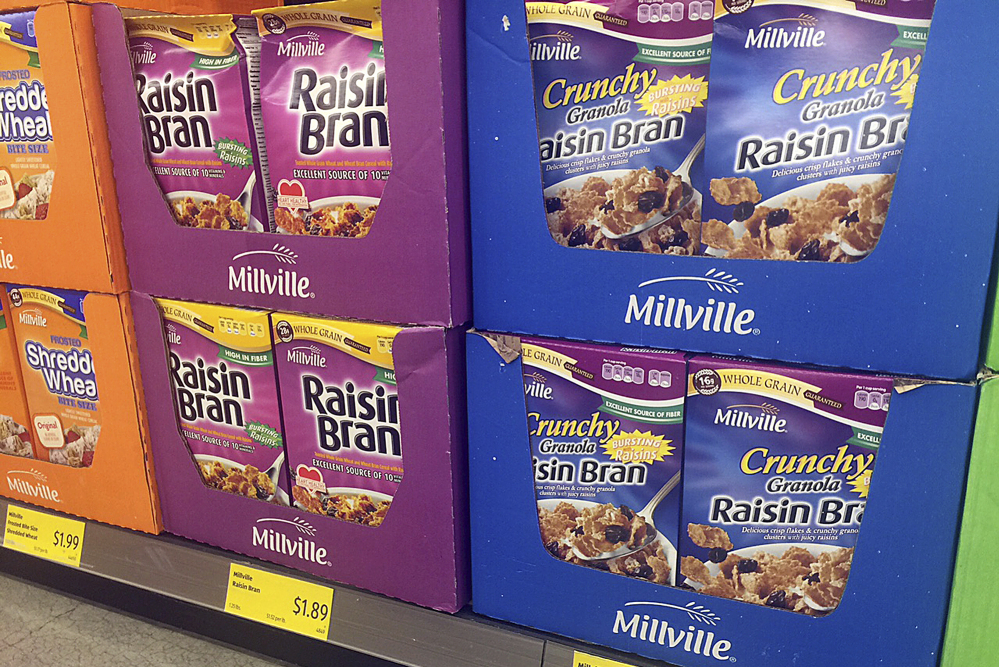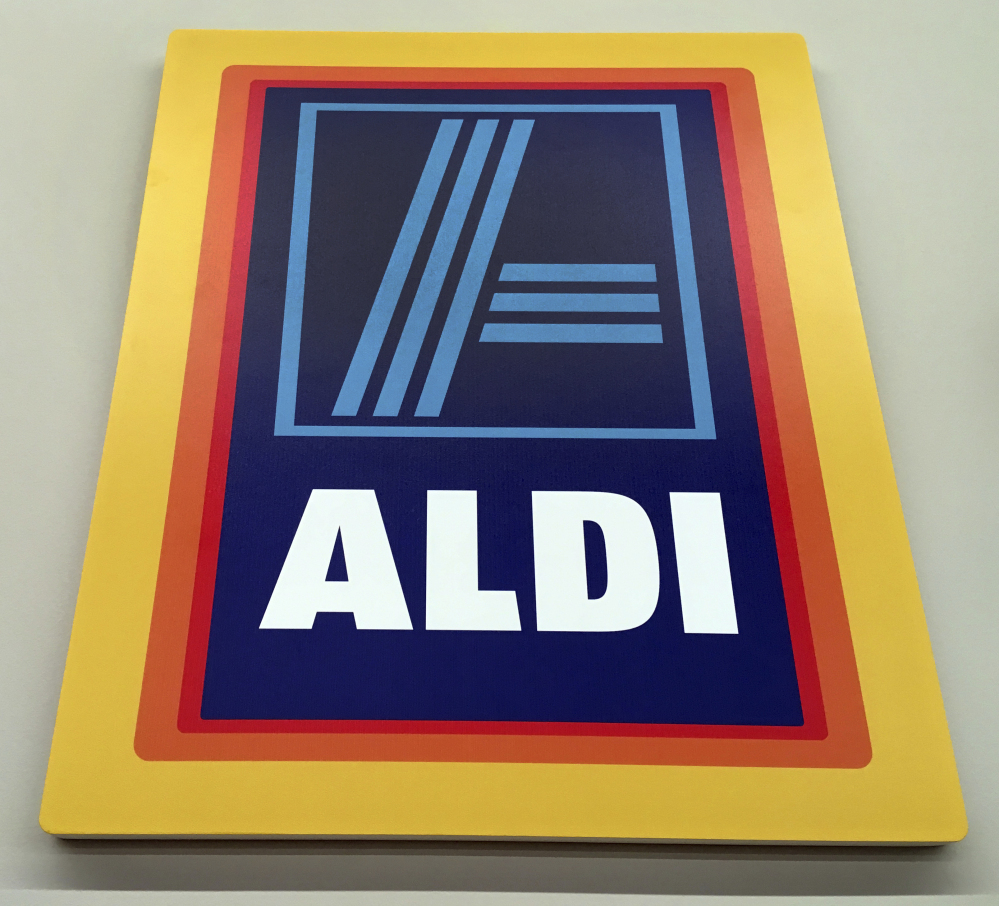NEW YORK — At a Target in upper Manhattan, shoppers can pick from 19 types of ketchup, including well-known names such as Heinz and Hunt’s. At the Aldi next door, the three options range from 99 cents to $1.79. All are the chain’s own brands, which doesn’t seem to bother shoppers attracted by the low prices.
“If you look at the ingredients, it’s the same thing. A lot of people don’t realize that,” said Anabel Rosado, a bank supervisor who was browsing the snack aisle.
Aldi and its European rival Lidl, which opens its first U.S. store this week, are hoping to change the way people shop with their smaller, no-frills stores filled mostly with house brands that tend to cost less. Whole Foods, which has fought the “Whole Paycheck” reputation, is also moving into the discount sector with an offshoot chain named after its 365 brand.
The push could further pressure grocery giants such as Wal-Mart and Kroger, which are also contending with the growth potential of online grocers and have already been reining in operational costs so they can keep their prices competitive. Target is also trying to become better known for low prices as it works to boost its struggling grocery business.
“We are certainly aware, paying a lot of attention, have a lot of respect, but we like our strategy,” Steve Schmitt, Wal-Mart’s vice president of investor relations, said in May about the growth of the European chains.
PACKAGING MIMICS POPULAR BRANDS
Aldi, which has 1,650 U.S. locations, has been remodeling stores to have a brighter feel and plans to expand to 2,500 stores in the next five years. The expansion plans were announced as another German discount grocer, Lidl, prepares to open its first 10 U.S. stores Thursday with plans to have 100 within a year. Already, the discounters have successfully taken market share in the U.K. grocery industry, according to Euromonitor International. There are four 365 by Whole Foods locations and 20 more in development.
Walk into an Aldi store, and the products often come in packaging reminiscent of more popular brands. The chain’s Millville Raisin Bran is in a purple box similar to the versions made by Kellogg and Post. Its Benton’s cookies are in blue packages that resemble those of Chips Ahoy.
Stocking shelves with store brands is a big part of how discounters keep costs down. Lidl also says it will have a mix of private-label brand names, which will account for 90 percent of the products in its stores. Whole Foods offers its 365 label across a variety of categories, more akin to the approach at Trader Joe’s, which has also been steadily expanding its store count in the United States.
The growing popularity of store brands across the grocery industry is expected to help discounters. The trend is partly because supermarkets have stepped up their own private-label offerings in recent years to control costs. Late last year, Kroger said its store brands reached 29 percent of items sold. Diana Sheehan, director of retail insights at consulting firm Kantar Retail, said more people turned to store brands during the recession.
“They have gotten comfortable and started to embrace higher-quality private-label products,” she said.
Aldi, Lidl and 365 by Whole Foods challenge the idea that shoppers want the array of choices found at traditional supermarkets.
While a standard Whole Foods may have around 30,000 products, a 365 store has about 8,000, which helps keep down overall operational costs. How wide the selection is can vary by item. Since people tend to be more particular about yogurt, the company says 365 may offer just as many choices as the average Whole Foods store.
BIG RETAILERS HAVE ADVANTAGE
Jeff Turnas, head of 365 by Whole Foods, said the stores can cater to people who want to do their shopping more quickly.
“We have tried to make the decision-making faster, easier,” Turnas said.
For now, Kantar Retail estimates that the discounter category, which includes Aldi, Trader Joe’s and dollar stores, has 6 percent of U.S. grocery sales. By 2021, it expects that figure to inch up to 8 percent.
Kurt Jetta, CEO of consulting firm Tabs Analytics, said big-box retailers have the advantage of being able to draw a wider swath of shoppers by offering greater variety. Still, he said Aldi and Lidl might have more appeal than dollar stores with middle-income customers, in line with places like Trader Joe’s.
“They don’t have the stigma attached to them,” Jetta said.
Send questions/comments to the editors.





Success. Please wait for the page to reload. If the page does not reload within 5 seconds, please refresh the page.
Enter your email and password to access comments.
Hi, to comment on stories you must . This profile is in addition to your subscription and website login.
Already have a commenting profile? .
Invalid username/password.
Please check your email to confirm and complete your registration.
Only subscribers are eligible to post comments. Please subscribe or login first for digital access. Here’s why.
Use the form below to reset your password. When you've submitted your account email, we will send an email with a reset code.